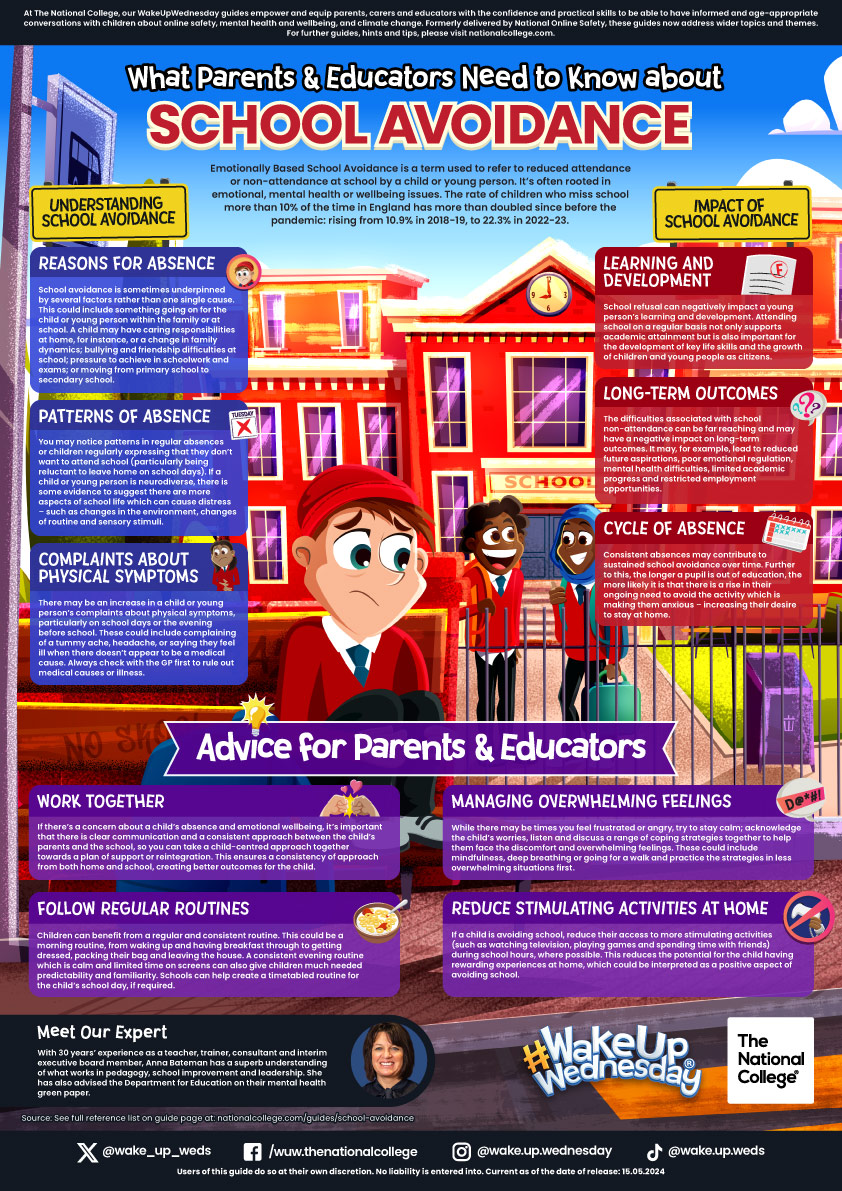

School avoidance is a sharply increasing phenomenon, with tangible negative effects on children’s wellbeing and education. The factors that come together to make a child consciously avoid seeing their classmates and teachers can be much more complicated than is often assumed. A careful, mindful approach from parents, carers and educators is required to help children return to an environment that may be causing them intense anxiety.
Our guide aims to help you understand the issue of school avoidance – not only its potential roots and ramifications, but also what you can do to help children and young people navigate these obstacles and continue their education.
Sources
Pellegrini, School non‐attendance: definitions, meanings, responses, interventions, 2007
https://www.tandfonline.com/doi/abs/10.1080/02667360601154691
Gregory and Purcell, Out of school: a phenomenological exploration of extended non-attendance, 2014
Hughes, E K, Gullone, E, Dudley, A and Tonge, B (2010). A case-control study of emotion regulation and school refusal in children and adolescents; Journal of Early Adolescence, 30, 691–706., 2010
Lyon and Cotler, Toward reduced bias and increased utility in the assessment of school refusal behaviour: The case for diverse samples and evaluations of context, 2007
https://onlinelibrary.wiley.com/doi/abs/10.1002/pits.20247
Children’s Commissioner, Attendance is everyone’s business, 2023
https://www.childrenscommissioner.gov.uk/resource/attendance-is-everyones-business/


.png)

